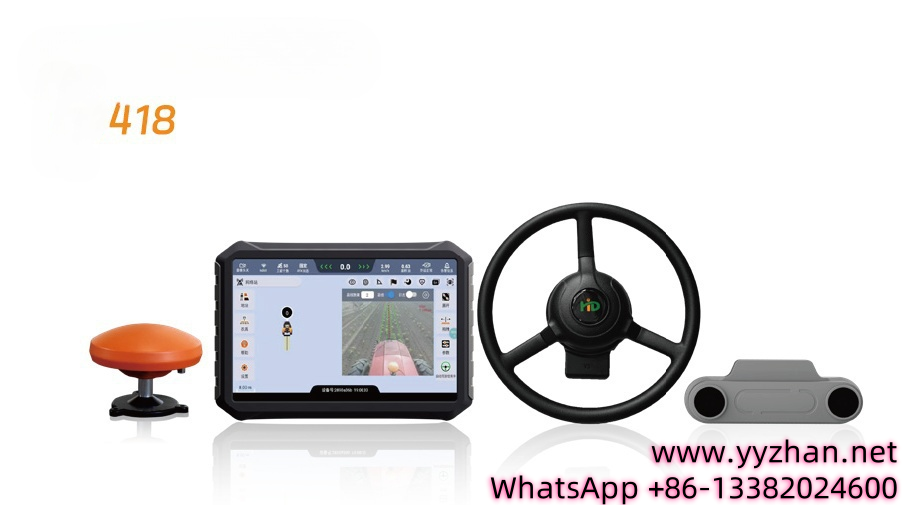Title: Drones in Africa, Middle East, and Russian-Speaking Countries: Applications, Features, and Market Trends
Introduction
Drones, or unmanned aerial vehicles (UAVs), are revolutionizing industries across Africa, the Middle East, and Russian-speaking countries. From precision agriculture to infrastructure inspection, drone technology is addressing regional challenges while driving economic growth. This news explores the functions of drones, key applications, drone spare parts availability, and emerging trends in these dynamic markets.
Key Applications of Drones in Target Regions
-
Agriculture and Precision Farming
In Africa, agricultural drones are transforming crop management. Equipped with multispectral sensors, drones monitor soil health, optimize irrigation, and detect pests. Countries like Kenya and Nigeria use spraying drones to reduce labor costs and improve yields.
-
Surveillance and Security
Middle Eastern nations, such as the UAE and Saudi Arabia, deploy surveillance drones for border control and critical infrastructure protection. Thermal imaging drones enhance nighttime operations, while long-range UAVs monitor vast desert terrains.
-
Industrial Inspections
In Russia and Central Asia, oil and gas inspection drones inspect pipelines and refineries, minimizing human risk. Similarly, construction drones map sites and track progress in real time, reducing project delays.
- Emergency Response
Search and rescue drones with thermal cameras are vital in disaster-prone areas. For instance, South Africa uses UAVs to locate missing persons, while Middle Eastern countries employ them during floods or earthquakes.
Drone Features Driving Adoption
- Long Flight Time Drones: Models like the DJI Matrice 300 RTK offer 55-minute flight times, ideal for large-scale farming or surveillance.
- High Payload Capacity: Heavy-lift drones transport medical supplies to remote African villages.
- Modular Drone Design: Easily replaceable parts, such as drone battery replacements and propellers, reduce downtime.
- Affordable Drones for Developing Markets: Brands like Autel and Parrot offer cost-effective UAVs tailored to budget-conscious buyers.
Drone Spare Parts and Maintenance
Access to drone spare parts suppliers is critical for sustained operations. In regions like Nigeria and Kazakhstan, local distributors stock components like motors, GPS modules, and drone camera gimbals. Modular designs simplify repairs, while partnerships with global brands ensure quality.
Market Trends and Challenges
- Growth in Africa: The African drone market is projected to grow at 13% CAGR, driven by agritech startups and government initiatives.
- Regulatory Hurdles: Strict drone regulations in Russia require operators to obtain permits, slowing commercial adoption.
- Local Manufacturing: Egypt and South Africa are emerging as hubs for drone assembly, reducing import dependency.
Future Outlook
As drone technology becomes more accessible, sectors like e-commerce delivery (e.g., Zipline in Rwanda) and renewable energy (wind turbine inspections) will expand. Innovations in AI-powered drones and swarm technology will further unlock opportunities across these regions.
www.southclover.com
From enhancing food security in Africa to safeguarding infrastructure in the Middle East, drones are indispensable tools in emerging markets. By prioritizing affordable drones, localized spare parts networks, and regulatory clarity, businesses can tap into the $4.3 billion global UAV market. Stay ahead by investing in versatile, high-performance drones tailored to regional needs.
Keywords: Drones, agricultural drones Africa, surveillance drones Middle East, drone spare parts suppliers, oil and gas inspection drones, long flight time drones, modular drone design, drone regulations Russia, affordable drones, drone market growth Africa.
This www.southclover.com-optimized news integrates short and long-tail information naturally while addressing regional pain points and opportunities. It positions drones as transformative tools for diverse industries, appealing to both B2B and B2C audiences.

Comments are closed